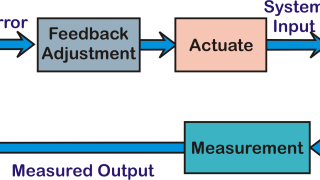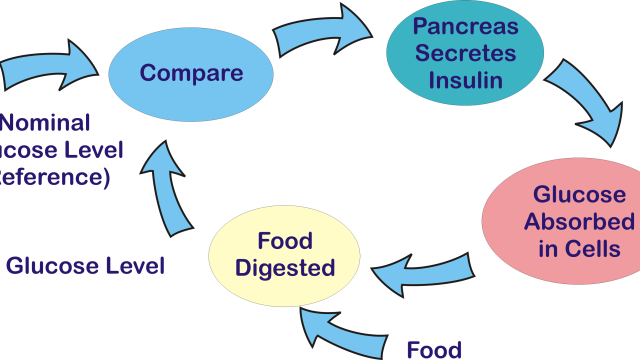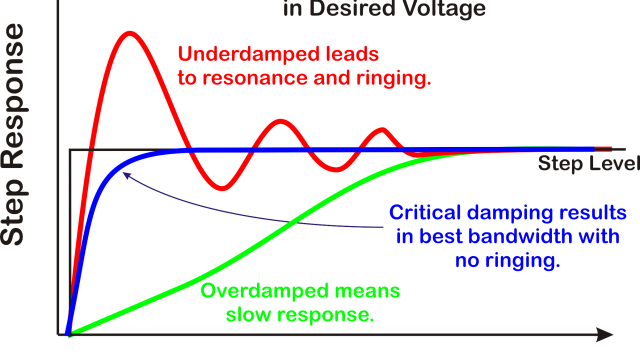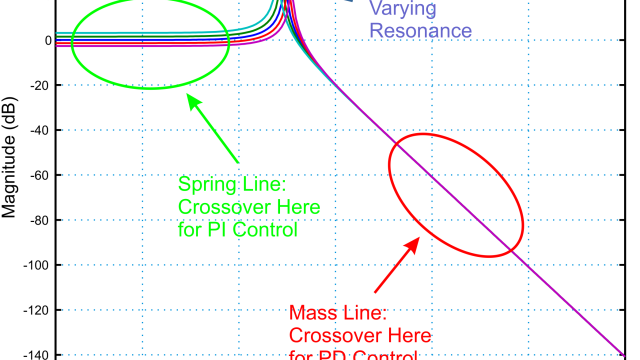
This journey contains a variety of talks and papers aimed at giving educators insights into how to introduce the topic of feedback control to audiences from middle and high school STEM students, up to those college students about to take that first automatic controls class.
This is a 25 minute abbreviated version of the Part 1 & Part 2 talk. It goes through the basic ideas while skipping some of the details and examples of the longer talks.
What Is a Control System and Why Should I Care?
This is a 25 minute abbreviated version of the Part 1 & Part 2 talk. It goes through the basic ideas while skipping some of the details and examples of the longer talks. The talk abstract...
See MoreThis video is the first of a two part series. It in introduces the basic concepts of feedback with lots of visual examples. The idea is to show that not only are these principles fundamental and easy to understand, but that things which depend upon the proper application of feedback principles are everywhere in nature and in devices that humans build.
What Is a Control System and Why Should I Care? (Part 1)
This video is the first of a two part series. It in introduces the basic concepts of feedback with lots of visual examples. The idea is to show that not only are these principles...
See MoreThis second video in the two part series introduces some of the methods that engineers use to build control systems. It shows how we use science to help us derive models of systems from both measurements and first principles. These models often take the form of differential equations and engineers often use some other branches of math (linear algebra and/or transform theory) to convert these into simpler representations. These simpler representations allow engineers to use algebra to gain insights into the original physical problem. (The also answer the question that shows up in every middle school math class: Will this stuff ever be useful for anything?) The viewer need not know any of this math. We are merely showing it is on the path so folks don't think we made it all up.
What is important is the idea that science gives us models which we turn into math. We then simplify that math to make it actionable (hopefully preserving the essential behavior of the thing we were trying to model). We then use that simplified math to give us insights that help us understand not only how to model something in the real world, but how to adjust it so it behaves better.
What Is a Control System and Why Should I Care? (Part 2)
This second video introduces some of the methods that engineers use to build control systems. It shows how we use science to help us derive models of systems from both measurements and...
See MoreThis wonderful introduction to feedback systems was presented by Professor Babatunde Ogunnaike of the University of Delaware. He gave me permission to to post his video online. A few months after this, he was diagnosed with a particularly aggressive cancer and passed away in early 2022. Tunde was an acclaimed leader in the field of chemical process control and the control of biological processes. He was also a beloved soul, a friend to all, and an amazing speaker and educator. Our hope is that posting this here will allow others to share in his wonderful legacy.
Feedback in the Squishy Stuff: Introducing Chemical and Biological Process ...
Feedback doesn’t just happen in robots and self-driving cars, but in the regulation of our very bodies and in the ways in which we transform raw ingredients into materials we can use, be...
See MoreDr. Xu presented a fascinating talk on how we can use what we observe in nature to design more efficient systems. In this case, the observation of how efficiently squid moved through the water and how their body pulsed with a natural resonance that made their movement far more efficient than human built submersibles of that size, allowed for the construction of highly efficient squid robots.
Resonance in Nature and Bioinspired Squid Robots
Bioinspired robots combine the best of both biology and engineering. Using tools learned from nature, we can build squid-like and other squishy robots to improve current capabilities in...
See MoreThis article relates to educators how to bring up the topics in the first video above.
Introducing Feedback Control to Middle and High School STEM Students, Part 1...
This paper was presented at the 2019 IFAC Advances on Control Education Conference (IFAC-ACE), Philadelphia, PA, USA, July 7-9, 2019, and is in the conference proceedings. This paper aims at...
See MoreThis article relates to educators how to bring up the topics in the second video above.
Introducing Feedback Control to Middle and High School STEM Students, Part 2...
This paper was presented at the 2019 IFAC Advances on Control Education Conference (IFAC-ACE), Philadelphia, PA, USA, July 7-9, 2019, and is in the conference proceedings. This paper aims at...
See MoreThis paper is aimed at those college STEM students about to take that first controls class. It has gotten some popularity with students after they have taken the class so that they can go back and understand why all those bits of math were thrown at them.
What's a Control System and Why Should I Care? A whirlwind tour through the ...
This paper aims to provide some introduction, a cheat sheet, and some context for college level STEM students about to take that first controls class. In some cases, it provides context...
See MoreTCLab: An Inexpensive Experimental Platform for Students to Learn Feedback
The temperature control lab (TCLab) reinforces process feedback control with real data. The TCLab hardware consists of an Arduino® shield that fits onto a standard Arduino Leonardo...
See More








